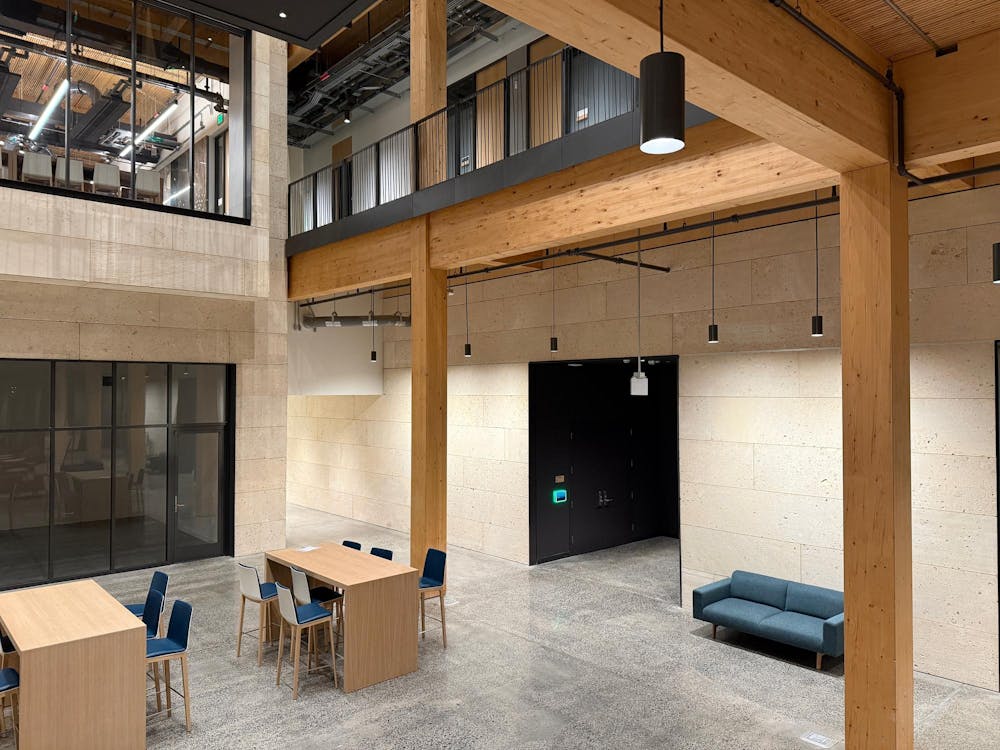Wrapping up an election far more expeditiously than their southern neighbors, Canadians on Monday gave Prime Minister Jean Chretien's Liberal Party of Canada its third straight majority, sending Chretien to another term in the nation's highest office.
The Liberal party will retain its majority in the Canadian House of Commons with 173 of 301 seats.
Chretien, who has served in the nation's highest post since 1993, will be only the third Canadian prime minister to serve a third term in the nation's 133-year history.
The current prime minister's victory came despite recent allegations about his questionable involvement in a bank loan scandal and concerns that he would step down if elected for another five-year term.
The Liberals were distantly followed by the Canadian Alliance with 66 seats, the Bloc Quebecois with 37, the New Democratic Party with 13 and the Progressive Conservative party with 12.
The Green Party of Canada, one of the more prominent minor parties in this election, failed to land any seats in parliament.
Canadian political pundits say the Canadian Alliance was unable to oust the incumbent Liberals because of the Alliance's failure to gain support in Ontario, a Liberal stronghold and the province where the majority of Canadian voters reside.
Liberals secured 100 of Ontario's 103 seats.
The party was not so successful in Quebec, however. In that province, the Bloc Quebecois separatist party tied the Liberals, with each party winning 37 seats.
Popular support for the Bloc Quebecois has declined in Quebec since the 1997 general election — the party had 44 parliamentary seats after that election.
Victoria Taylor '03, who is from Quebec and voted Liberal, attributed that outcome to the high popularity of the current Liberal government and a lack of support for making the province independent from Canada — a move that the Bloc supports.
Decisive victory
Concerns about dimpled chads did not figure into this election — all voters marked their choices with Xs on paper ballots used uniformly throughout the nation.

In addition, demands for hand recounts were unnecessary, since ballots are all counted by hand in the first place.
In the case of a deadlock like the one experienced in Florida, Canada's election law has a provision for a judicial recount when the margin between two candidates is less than 0.1 percent of the total vote.
This Canadian election continued the country's recent trend of declining voter turnout, with 63 percent of registered voters going to the polls, according to the latest figures from Elections Canada — the nation's non-partisan election organization.
Turnout was 67 percent in the 1997 election and 70 percent in the 1993 election.







